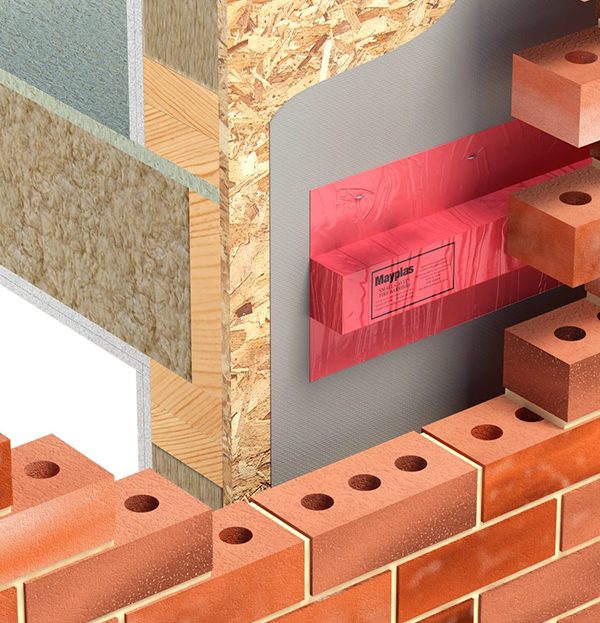Passive fire protection systems are crucial in preventing the spread of fire within buildings. In this article, we will explore the importance of fire cavity barriers and their role in passive fire protection systems.
What are Fire Cavity Barriers?
Fire cavity barriers are construction elements that are installed within concealed spaces of a building to prevent the spread of fire and smoke. They are typically made from fire-resistant materials such as mineral wool, intumescent strips, or fire-resistant boards. To get more information about fire cavity barriers you can pop over here.

The Importance of Fire Cavity Barriers
Fire cavity barriers play a crucial role in passive fire protection systems. They help to compartmentalize the building, dividing it into smaller fire-resistant compartments. This compartmentation limits the spread of fire and smoke, allowing occupants to evacuate safely and reducing property damage.
Installation and Building Regulations
The installation of fire cavity barriers is regulated by building codes and regulations. These regulations vary depending on the country and jurisdiction, but they typically require the use of fire cavity barriers in specific applications. Building regulations also specify the fire resistance rating that the barriers must meet and the testing standards that they should comply with.
Conclusion
Fire cavity barriers are an essential element in passive fire protection systems. They play a crucial role in compartmentalizing the building, preventing the spread of fire and smoke through concealed spaces. Fire cavity barriers not only protect occupants by providing a safe means of escape but also limit property damage by containing the fire within smaller compartments. It is important to ensure that fire cavity barriers are installed correctly and maintained regularly to ensure their continued effectiveness.